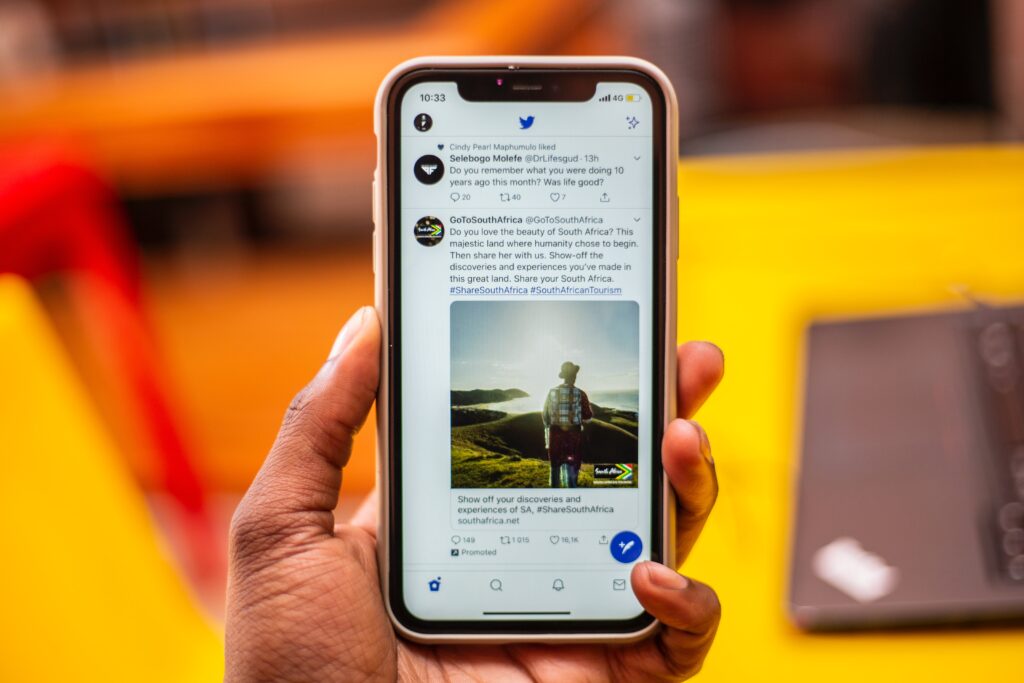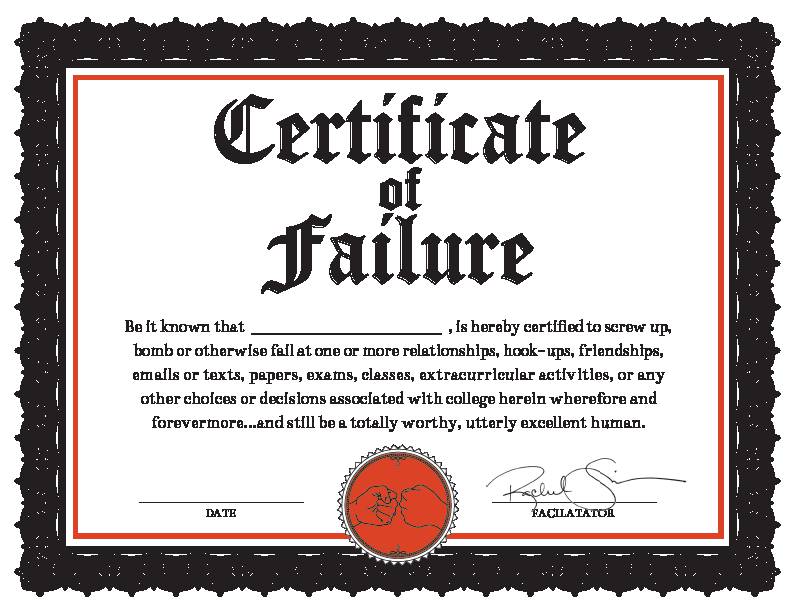Overton Window – How Politicians Are Impacted

The Overton Window shows politicians the scope at which they operate as far as policies go, which are dictated by society
The Overton window was once considered a niche concept in academic political science. However, it has emerged as a key concept that is used to explain the rise of Donald Trump and the Brexiteers. It is important to understand how the winds of political dialogue change because of the significance of this concept.
This model may be used to explain how ideas in society evolve over time and how they impact politics. The basic premise is that politicians are limited in the types of policy ideas they can support; in general, they will only pursue policies that are widely accepted by the majority of the population as acceptable policy alternatives. These policies are considered to be inside the Overton Window’s boundaries. There are other options for public policy, but politicians run the danger of alienating the public if they advocate for these views. The Overton Window is outside the window.
However, the Overton Window has the ability to contract and expand, which means that the number of ideas that politicians may endorse without unnecessarily jeopardising their electoral support can either grow or decrease. Rarely does it happen, but when it does, politicians have the ability to shift the Overton Window themselves by boldly embracing a policy that falls beyond the window’s boundaries. More often than not, the window shifts based on a phenomenon that is far more complicated and dynamic, one that is not readily controlled. This phenomenon is the gradual growth of social values and standards.
Through the use of public opinion surveys and other methods, a politician who is interested in increasing their prospects of being reelected should establish where the Overton window is on major policy topics. This will allow them to run an effective campaign based on those concepts.
The notion that politicians themselves are involved in the process of adjusting the Overton window is the one that receives the greatest attention from the general public. That is completely not the case. Legislators have the responsibility of locating where the window of opportunity is and then positioning themselves so that they may take advantage of it.
If politicians are required to find the window, then think tanks and social movements are required to move the Overton window in order for their lobbying efforts to be successful. They have to persuade voters that measures that are now outside the window should be brought within.
How to Change the Overton Window
- It is more successful to advocate for radical viewpoints in order to change the attitude of the public. Changing the status quo, however, can be accomplished via a number of different strategies. For instance, one may argue for tiny but increasingly greater modifications to a policy.
- Pulling the rope sideways, attempting to keep away from ever having to engage in a game of political tug-of-war by pulling the rope in the opposite direction. Pull it to the side in a direction that no one will resist, rather than joining a side and tugging on the rope (of the Overton window).
For instance, instead of trying to push for increases or decreases in the overall tax rate, a strategy of pulling the rope sideways would involve aiming to increase the effectiveness with which it is spent. This is because the overall tax rate is an area that gets a lot of resistance from both sides. It’s possible that the social good brought about by spending is a concern that gets less attention than others, but it’s also one that’s more manageable and simpler to observe improvements in because both sides would rather see it spent more efficiently.
Other Overton Window Examples
a) Growing acceptance of marriages between people of the same gender
The Overton window represents not only the political potential of something happening but also the legal probability of it happening in the United States. Support for same-sex marriage has rocketed into this window.
b) A broadening of the moral circle and increased concern for animal welfare
As time goes on, our concern for the well-being of others grows to include not only ourselves and our families, but also people from our country and, more and more, animals and people from other countries.
What should you do if you want to advance the cause of animal welfare in our society? Should you make the case for an idea that is currently “unthinkable” (like legal rights for chickens)? or ii) advocate for smaller, incremental changes (like more humane conditions for chickens on farms)? What should you do if you want to advance the cause of animal welfare in our society?
This is a contentious topic of dispute. The optimal tactic is a combination of two that, when combined, provide a state of equilibrium. For example, the more forcefully one pulls on the Overton, the greater the temptation to pull in smaller, more gradual increments..
c) The unanticipated success of Donald Trump has shown that there is a market in American politics for both policy ideas and personal behaviour that were formerly considered inappropriate.
By translating the extreme right’s racist subtext on immigration, President Trump proved that the Overton window was far larger than what mainstream politicians and the media had previously thought it to be.
Reference



